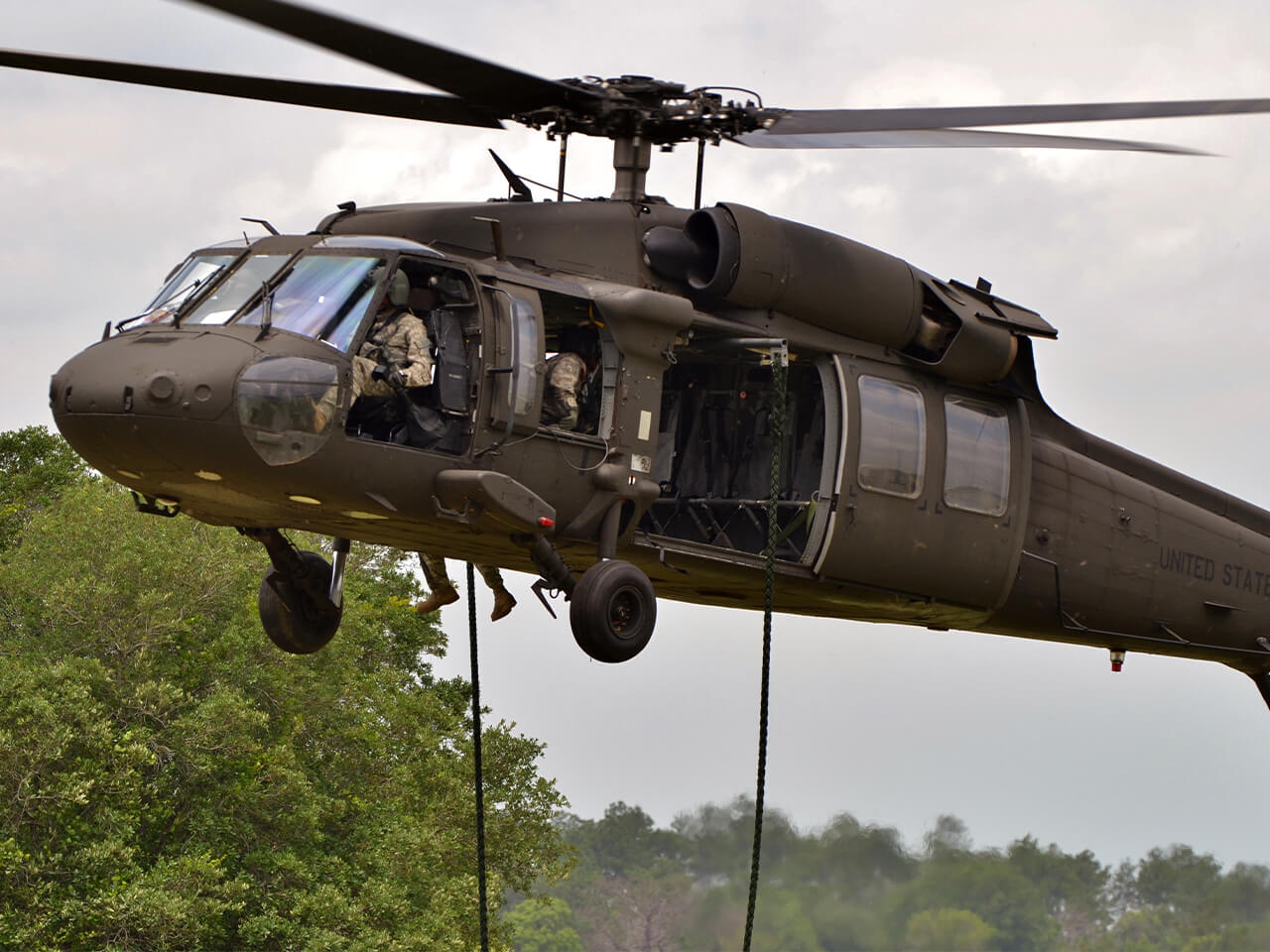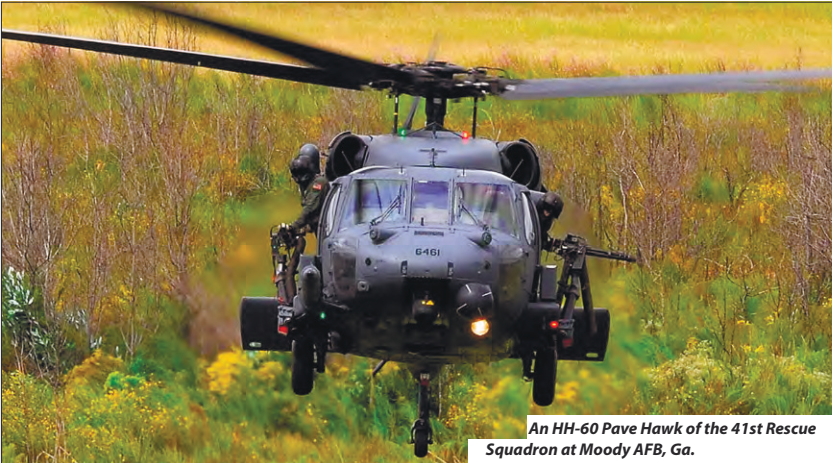UH 60 Black Hawk: A Close Look at Its Engineering, Performance, and Tactical Uses
UH 60 Black Hawk: A Close Look at Its Engineering, Performance, and Tactical Uses
Blog Article
Checking Out the History and Development of the UH 60 Helicopter

Beginnings of the UH-60
The origins of the UH-60 helicopter can be traced back to the late 1960s, a period marked by the need for a versatile utility aircraft that could adjust to the developing needs of contemporary war. The united state Military recognized the need for a substitute for the older UH-1 Iroquois, which was coming to be progressively inadequate for the intricacies of contemporary fight circumstances. In 1967, the Military initiated the Energy Tactical Transport Airplane System (UTTAS) program, which looked for to develop a multi-role helicopter with the ability of numerous missions, including army transport, clinical discharge, and logistical assistance.
The UH-60 Black Hawk was presented, showcasing ingenious design elements and advanced modern technology that established it apart from its predecessors. The UH-60 rapidly obtained acknowledgment for its robust performance, integrity, and adaptability, paving the means for its extensive use in army operations and solidifying its standing as a keystone of U.S. Army aviation.
Trick Style Attributes
Cutting-edge design functions of the UH-60 Black Hawk substantially contribute to its functional performance. One of one of the most noteworthy elements is its twin-engine setup, which enhances dependability and provides a greater power-to-weight ratio, enabling the helicopter to carry out under various problems. The airplane's four-blade primary rotor system provides boosted lift and ability to move, essential for tactical missions.

In addition, the cabin is developed for optimal exposure and ergonomics, including sophisticated avionics that streamline pilot procedures. The modular layout of the UH-60 permits simple upkeep and flexibility, making it appropriate for different goal accounts, from troop transportation to medevac operations. These essential layout functions ensure that the UH-60 Black Hawk stays a versatile and dependable asset in armed forces aviation, efficient in meeting the needs of modern warfare.
Technical Improvements
Current technical innovations in the UH-60 Black Hawk have actually dramatically enhanced its operational abilities and flexibility. The assimilation of advanced avionics, such as digital trip control systems and enhanced situational recognition screens, allows pilots to operate with boosted accuracy and performance. These systems assist in enhanced navigation, interaction, and data sharing, allowing the helicopter to function efficiently in varied atmospheres.
In addition, the introduction of composite products has actually minimized the overall weight of the airplane while maintaining architectural honesty. This decrease enhances fuel effectiveness and expands operational range. The unification of innovative blades technology, consisting of the usage of four-blade, completely articulated blades systems, has improved lift performance and ability to move, permitting far better handling in numerous trip problems.

Moreover, improvements in propulsion systems, such as the T700-GE-701D engines, have actually raised power result and dependability - uh 60. These engines add to premium efficiency in high-altitude and hot-weather conditions
Lastly, the combination of self-defense systems and improved sensor bundles enhances the Black Hawk's survivability and mission efficiency. Collectively, these technological renovations guarantee that the UH-60 Black Hawk remains a vital property in modern-day air travel, with the ability of adapting to the progressing demands of humanitarian and armed forces objectives.
Function in Armed Force Procedures
As the backbone of U.S. Military aeronautics, the UH-60 helicopter plays a vital role in numerous military operations, offering as a functional platform for fight assistance, transportation, and medevac goals - uh 60. Its layout integrates the capability to run in varied environments, making it essential for army activity and logistical assistance in both standard and unique warfare

In medical discharge situations, the UH-60 has confirmed very useful, significantly decreasing the time to transfer damaged soldiers from the field of battle to medical centers. Its advanced avionics and evening vision capabilities even more guarantee goal success under difficult conditions. Overall, the UH-60 helicopter stays a crucial property, constantly adapting to fulfill the evolving demands of armed forces operations and boosting the performance of united state pressures worldwide.
Future of the UH-60
Looking in advance, the future of the UH-60 helicopter includes considerable improvements in innovation and capabilities designed to improve its functional effectiveness. As armed forces procedures advance, the UH-60 is expected to incorporate sophisticated innovations, including boosted avionics, boosted tools systems, and progressed interaction tools. These enhancements will certainly permit higher situational understanding and mission adaptability, ensuring that the UH-60 remains an essential property on the field of battle.
One noteworthy advancement is the assimilation of fly-by-wire systems, which will certainly boost flight control accuracy and minimize pilot workload. Efforts to update the airframe and engines intend to increase rate, array, and haul capability, consequently expanding the helicopter's functional extent.
The future also holds guarantee for raised interoperability with unmanned airborne systems (UAS), making it possible for worked with missions that utilize both manned and unmanned abilities. Additionally, the consolidation of man-made intelligence and device learning can enhance trip dynamics and maintenance procedures, resulting in lowered functional prices.
Verdict
The UH-60 Black Hawk helicopter stands for a significant success in army air travel, developing from the U.S. Army's preliminary demands for a versatile energy aircraft. Its ingenious design features and constant technological improvements have actually ensured its importance in numerous armed forces operations over the years. As the demands of modern-day war modification, the future of the UH-60 will likely involve additional improvements and adjustments, strengthening its standing as a crucial property for militaries worldwide.
The UH-60 Black Hawk helicopter represents a significant turning point in army air travel, emerging from the United state Military's quest for an extra dependable and flexible energy aircraft in the late 20th century.The beginnings of the UH-60 helicopter can be traced back to the late 1960s, a period noted by the need for a versatile energy airplane that can adapt to the evolving needs of modern-day warfare. In general, the UH-60 helicopter remains More hints an important property, continually adjusting to satisfy the advancing demands of army procedures and improving the effectiveness of U.S. forces worldwide.
Looking ahead, the future of the UH-60 helicopter involves considerable developments in technology and capabilities created to improve its functional performance.The UH-60 Black Hawk helicopter represents a considerable my review here achievement in military air travel, advancing from the U.S. Military's first demands for a flexible energy airplane.
Report this page